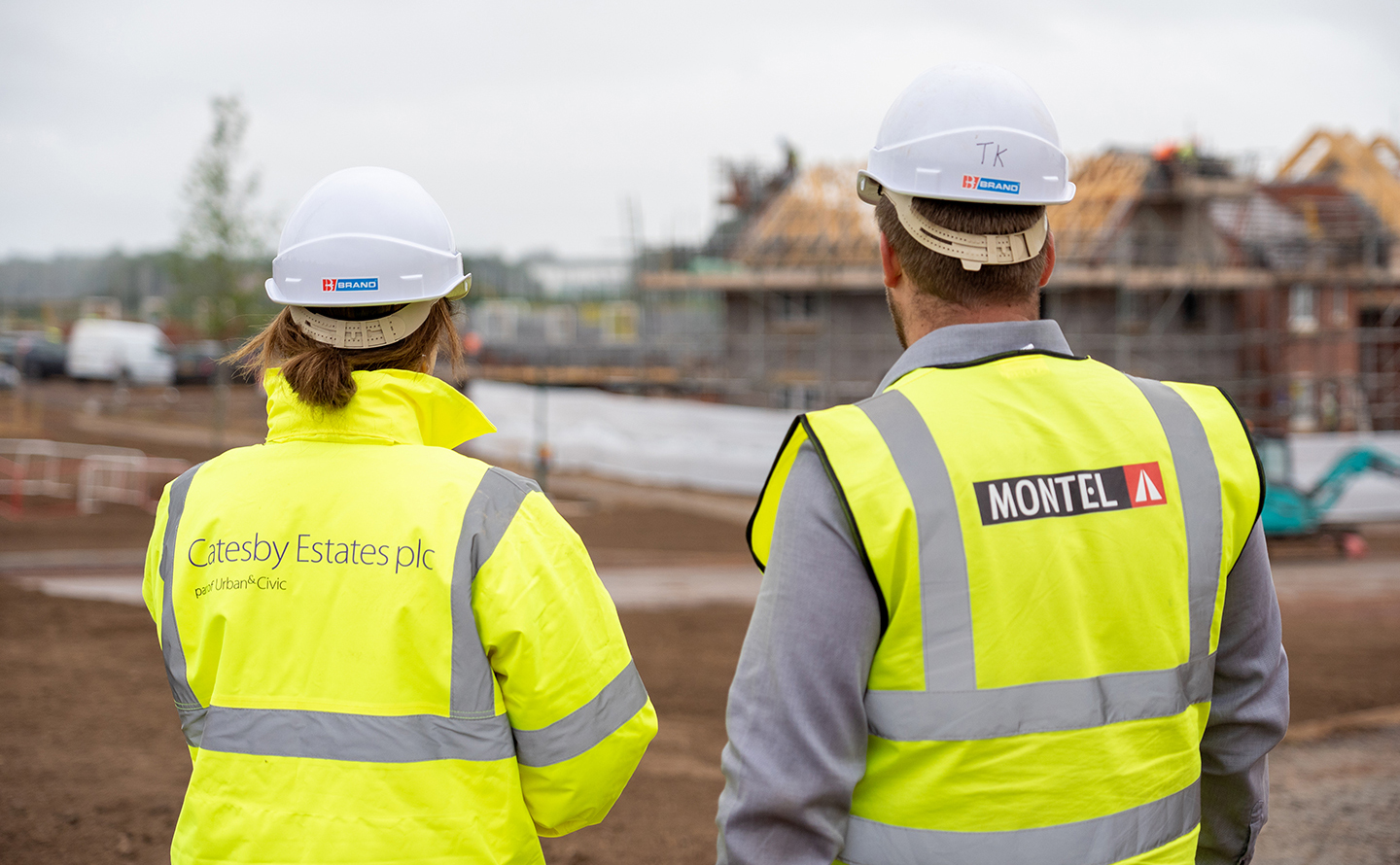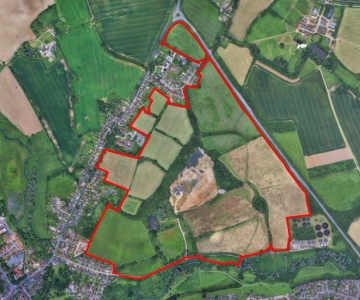A Slow Down In The Planning System
Catesby's Senior Planning Manager, Dawn Adams talks us through the proposed planning reforms and why the breaks were hit.
We all know the criticisms of the planning system – no public confidence, too slow, too bureaucratic, too expensive, Council’s over-stretched and under-resourced, too complicated – we have heard it all before.
But in 2020, Boris announced a new White Paper “Planning for the future” where he told us:
“Radical reform unlike anything we have seen since the Second World War…. Not more fiddling around the edges, not simply painting over the damp patches, but levelling the foundations and building, from the ground up, a whole new planning system for England.”
After only 13 short months, it now appears the plans have been consigned firmly in the past. The new Secretary of State, Michael Gove has ordered a "complete rethink" of the Planning Bill.
So what did those reforms say, why were they controversial and what could new reforms look like?
What did the proposed planning reforms say?
The proposed reforms were wide reaching and were essentially tearing down the current planning system and starting again. Primarily they proposed:
Zonal Planning - The White Paper looked at a zonal planning system of three land classifications; growth, renewal or protection. The implication was that land in growth areas would benefit from automatic permission, while land in urban renewal areas would be granted permission in principle and anywhere else would be protected from development.
Digital Planning - The document-based planning system currently in effect would move to a digital one. This is designed to improve the speed and efficiency of application decisions and allow residents to be more engaged in the development of their local area. At the moment, only 3% of local people engage with consultations on planning applications, according to the government.
Mandatory housebuilding targets for councils in an effort to hit the government's target of building 300,000 new homes per year – the so-called mutant algorithms in the press

Why were they controversial?
The Government were repeatedly met with Tory backbenchers unhappy that communities could face new housing imposed upon them with no right to object. The former prime minister Theresa May even claimed that the reforms would create a “developers charter” but the byelection defeat in Chesham and Amersham with Lib Dems taking control, resulted in insurmountable pressure to scrap some of the controversial reforms.
Equally, there were many in the profession who had concerns about the enormity of the proposals and felt smaller, less radical changes could be made to the current system. The LPDF (Land Promoters and Developers Federation (LPDF) and House Builders Federation (HBF) were among the 44,000 responses communicating such concerns.
What could new reforms look like?
And so overnight, the September's government reshuffle saw Mr Jenrick leave and Mr Gove became the new housing secretary, and a new title for the department - Department for Levelling Up, Housing and Communities. And with the loss of Jenrick, we saw the planning reforms downgraded to a “tidying up exercise” which is “limited to making the current system we have work better.”
At the Conservative conference, again we saw big statements from Mr Johnson adding: “Not on green fields, not just jammed in the South East, but beautiful homes on brownfield sites in places where homes make sense.”
And yet, we also saw a continued commitment to 300,000 homes a year which is echoed by Labour whilst the Lib Dems are seeking a whopping 380,000 new homes, with at least 150,000 suitable for social rent. Just don’t mention it to the voters of Chesham and Amersham!
So what might we see in new reforms, well for one thing, it isn’t getting simpler – we are likely to see a focus on beauty (whatever that means), levelling up (ditto), a commitment to brownfield first (despite that almost all parties agree there is insufficient brownfield to meet housing needs) and emphasis on communities having a say in development.
For those in the profession, we have seen big political promises to shake up the planning system for the last 20 years with repeated White Papers, Green Papers, a rolling door of housing ministers and at the same time, a worsening affordability and housing crisis with a whole generation likely to be denied home ownership if matters continue. Therefore, despite the political sound bites, one thing is for certain – dealing with the need for homes amidst the complexities of the planning system is going nowhere fast.
Could your land have development potential?
Find out more about land promotion: Dawn Adams – Senior Planning Manager 01788 726810/ dawna@catesbyestates.co.uk
Thinking about land promotion for your land site?
We’re actively seeking strategic land sites to add to our land promotion portfolio.
With a proven track record and strong success rate, landowners across the country are encouraged to contact us to find out how we could help you maximise the value of your land.




